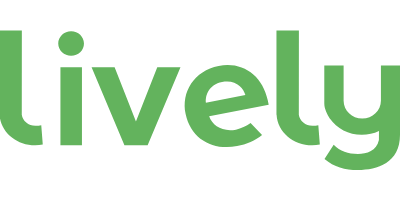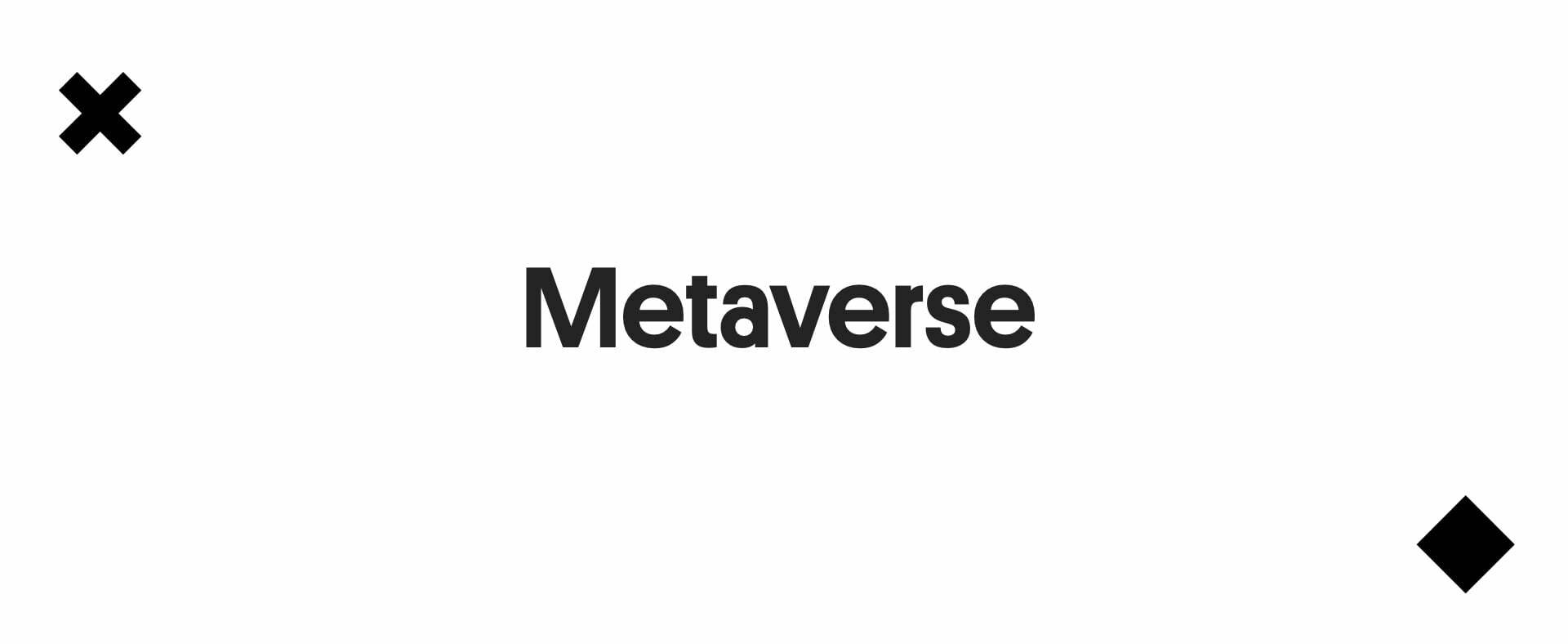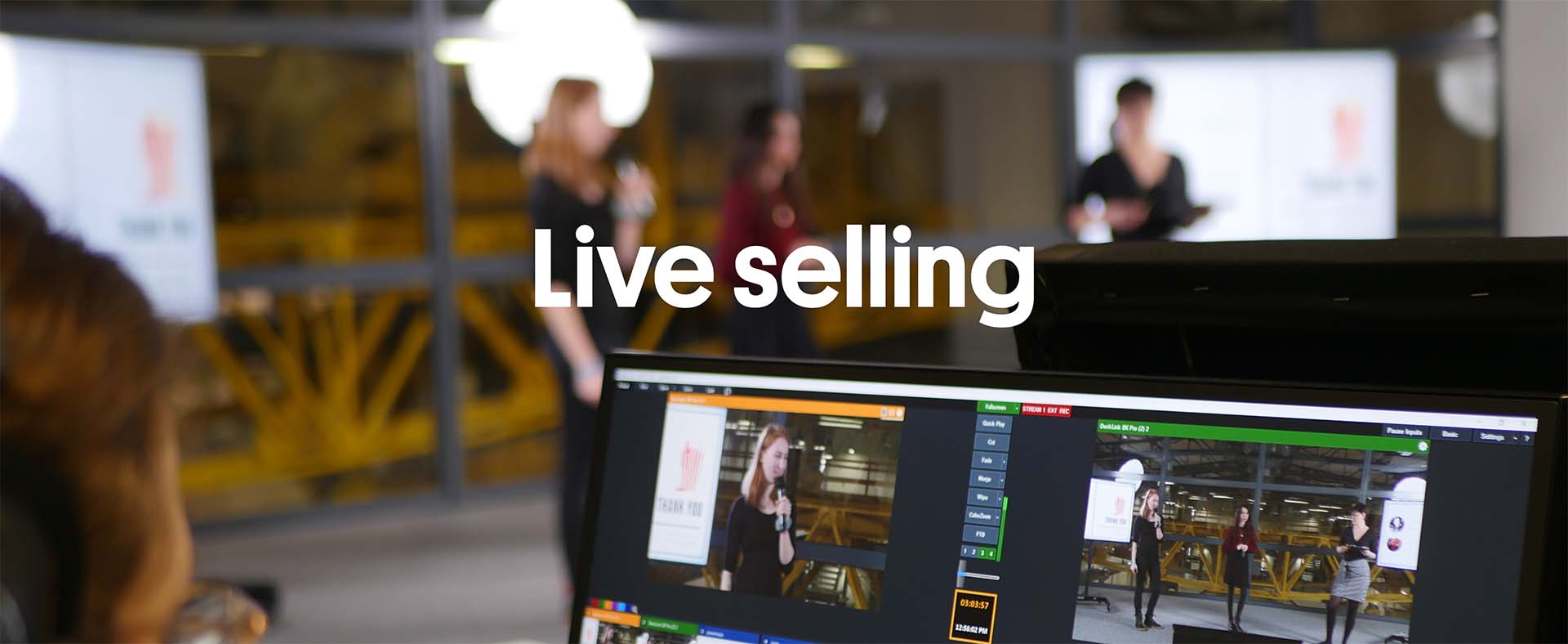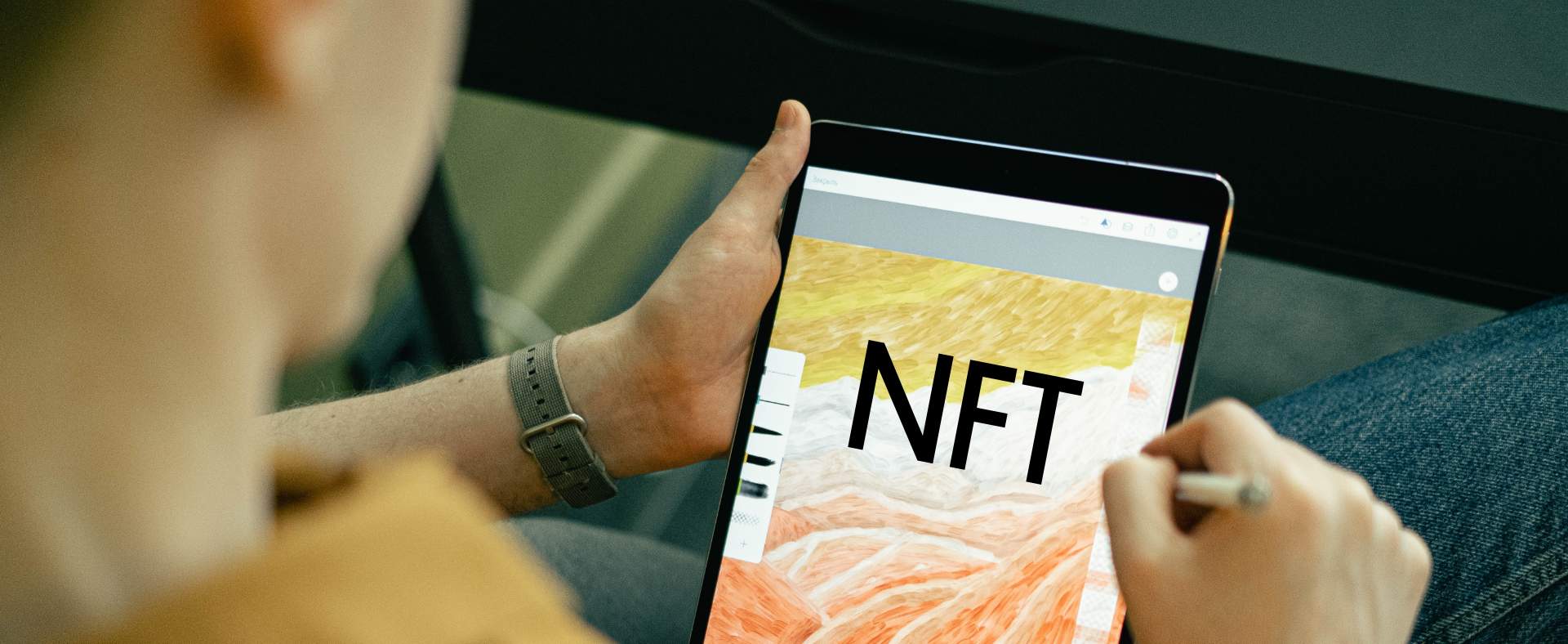
Part 1: Communication before online conference
Communication is very important – this is a phrase that is repeated by everyone, not only marketers. Theoretically, we are all aware of it, but we know how it is – theory is one thing and life is another. Regardless of whether you are a veteran in the industry or you are just taking your first steps in it, and no matter how much has been written about it, it is worth remembering the most important principles of effective promotion.
This article will show the whole communication cycle, presenting the marketing and communication perspective before, during and after the online event itself. Different aspects are important at each of these stages and today we're starting with what should happen before.
In many ways, communication for virtual events is similar to promotion for any other event. However, we want to show it from our perspective – as people who specialise in organising online events. Some of these elements may seem obvious, but we will also show you some of the additional aspects that can only happen online. So let’s get down to it...
Where to start?
Firstly, by outlining the vision for the whole event, the goal and the target group. We always have to keep in mind the kind of event we are organising: is it a webinar, a scientific conference or any other form of online event? Secondly, we need to determine where it will be streamed: using social media (which implies an open event in which everyone will be able to participate), or maybe we will use a platform like Teams, PINE or Evenea and only let in people who have pre-registered?
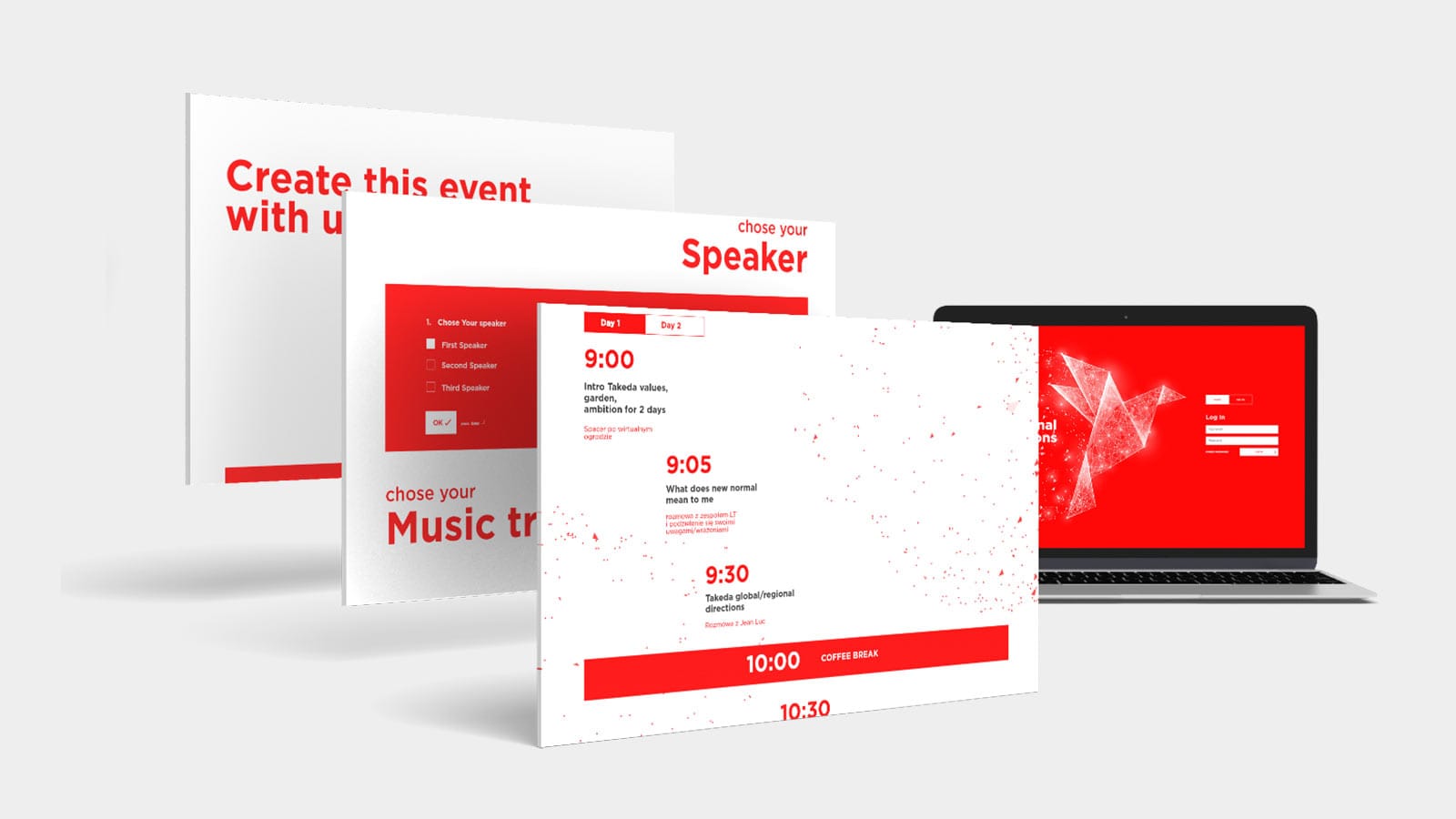
Communication planning
Once we know what we are communicating and to whom, the next question to answer is: how? If our target group are our business partners, clients or employees, it is a good idea to use our own tools and database, e.g. sending a dedicated email with the invitation.
However, if we are planning an open event (the format favoured the most by marketers), we have to reach out to people who don’t know our brand very well yet but may become our clients. In this case, it is worth analysing what potential participants of the event like and how they behave:
- What media do they use? If we know that, we can present ourselves there, for example with a sponsored article.
- What are they interested in? Ads in Google and Facebook Ads targeted by industry and position are standard. Groups can be prepared according to interests and using the lookalike option.
- Do they prefer to read or watch? The answer to this question will tell us whether it is better to focus on promoting articles or video content.
- Or maybe our audience prefers to listen? In that case, it could be worth advertising on radio stations or podcasts. Content like that can be an excellent introduction to the conference topic.
And what if we don't have our own database that we can use to invite participants? Then try to find out who may have one! When sending a mailing, for example, you can always use the database of one of the larger portals. Event must-haves, i.e. things which definitely have to be prepared, include:
- Schedule – we need to know what we want to do and when, and also have definded milestones.
- Graphics – remember about the different formats!
- Copywriting – short advertising texts for graphics and social media will be useful, as well as longer forms for use in newsletters, mailings or on the website.
And then it's time to ramp up your creativity and go for the "wow" factor. We are only constrained by our budget and own ingenuity, and also sometimes by time. But apart from that, the sky is the limit!
Website
Regardless of the type of campaign and tools we have chosen, to make sure the messaging is consistent, all content should be directed to one place. It could be an event page on Facebook or LinkedIn, for example, but the most common choice is to have a website. Don’t forget to insert the Google Analytics code, which will generate a mine of data about our recipients and give us the ability to track the source of traffic. Also remember about SEO – supplementing the descriptions, alt tags and all images will increase the probability of positioning this page or sub-page within our domain.
The website can also be used for registration purposes. Depending on whether the event is paid or open to the public, we can also set the option to redirect users to the transaction pages and generate automatic confirmation.
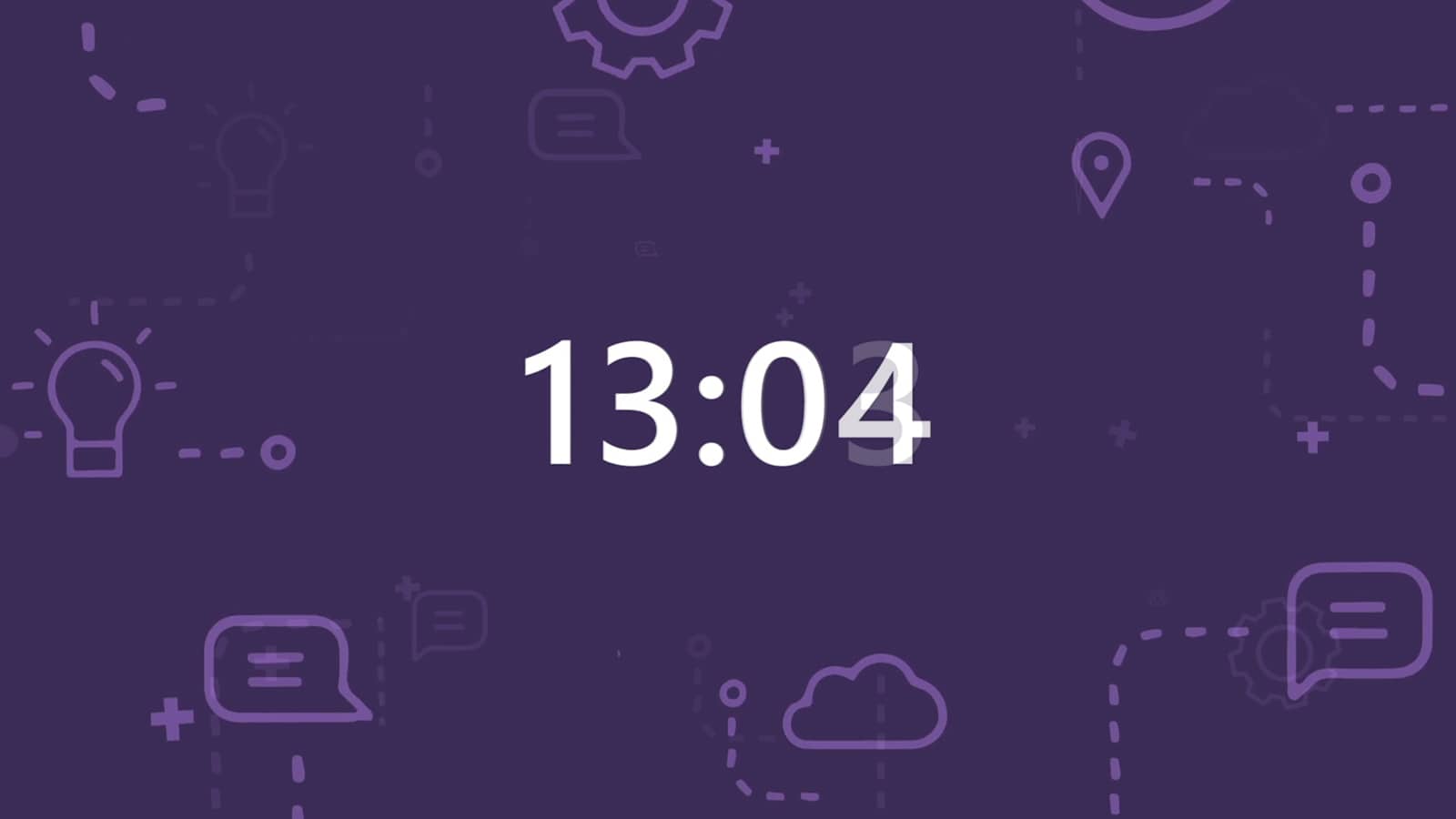
Everything planned? Let's go!
One month before
This is the time when the website should go live. For invitations to smaller webinar events, at least 2 weeks of promotion is needed. For large conferences, we need to give ourselves and the participants even longer. In this case, the website will also serve as a tool to provide further information – new topics for the speeches, presenting the profiles of the speakers, etc.
One week before
Our base should be at least partially full at this point. This is a good time to send a reminder about exactly where and when the meeting will be taking place. If the base numbers are not at the level we expect, we can check our paid campaigns – it could be worth intensifying these activities on the final straight.
The day before…
Some people will be getting nervous but if we have everything planned and buttoned up, there is no need to panic! Sometimes this is the point where we turn off sign-up to the event to make sure the guest list is closed. It’s also when we should again send the key information to those who have already signed up. For events broadcast on the website (e.g. the same website where registration took place) or on social media, a reminder of "where" is enough. If the stream is to take place on a specific platform, this is the day when we need to send the link to that tool.
The most important things to remember:
- A schedule for the work.
- The website and its content.
- Prepare the graphics and texts (also for subsequent stages of the event).
- With proper communication, an online event can achieve even greater reach than a traditional one!
Next we’ll tell you what to do during the event itself. Keep reading!
Part 2: Communication during online conference
Proper communication is one of the main success factors for an online event. No matter whether the event is addressed to a closed group or to a wide audience, efficient communication will play a major role in determining whether it achieves its goals. We previously described in detail how to prepare and carry out communication before the event. Today, we will share some practical tips on the actions that need to be taken during the event itself.
Purpose of the event
Communication during an online event should be tailored to its specifics and purpose. If it is a closed event, such as a sales event, effective communication will make the participant feel cared for and appreciated, which will help to reinforce the attitude towards the brand. For an open event, communication during the event affects the commitment and time devoted to it. Apart from the actual content of the event, it is one of the most important tools we can use to make participants stay involved in the meeting right through to the very end, and either come back to us for subsequent editions or simply recommend it to friends. But the most important thing is...
...the plan, and everything that can be prepared in advance 😊
It is very important that we don’t communicate during the event "on the fly", as it were. The communication schedule, like all other aspects of the project, should be planned and prepared well in advance.
During the event, the organisers always have their hands full with lots of work, which can make it difficult to carry out additional activities. Fortunately, many elements can be prepared in advance, such as the notifications to be sent when a break is about to end, or the thank you message for participating on a particular day. Most platforms also offer the option of setting a specific sending time (which is a great help, but it’s important to remember about it if the agenda changes or there are any delays).
What do we communicate during the event?
1. First of all, this means the things that always appear at any event – including the welcome greeting and any organisational information.
2. Then come the subsequent items on the agenda, announcements of the topics and the speakers' business cards. Depending on the platform chosen for the event, some of this information may be presented in a dedicated tab, which then means you don’t have to rememeber about it during the event using separate channels.
3. A practical tip is to publish slogans or hashtags that can be used for communication on social media – especially if we want to create an additional buzz on the web around our event. These can be placed in the so-called countdown clock that is displayed just before the start and counts down to “0 o'clock”.
4. We can also raise substantive issues, directly and contextually referring to the content arising during the event, and send interested parties to a dedicated place, on the website or platform, for example, so that they can find out even more. Such communication will encourage participants to speak, stimulate discussions and raise the level of interest in the meeting while the event is running.
How do we communicate?
First of all, with texts. It is a neutral solution that doesn’t distract the participants from listening to the substantive panels, for example. We can add different types of content in various places: short texts can be placed in a chat or sent as push messages, while longer ones can be posted in dedicated tabs on the platform or sent as an email.
Secondly, remember about the graphics, which can be used to complement the verbal communication. Having animations between the individual elements of the agenda also helps to maintain the audience’s attention. They are often dynamic, with added background music, and they can help us to inform participants about the transition to the next part of the event, or present the next speakers and the subject of their speeches.
Communication about the brand is also important, and with that in mind it’s a good idea to show the company’s logos during the event, or its products if it’s an image or sales event. They can be shown in various forms – either static boards, a board with logos or short product films.
Most of these materials are presented during the event, but we should also share them later, otherwise participants won’t return to them. Only a few platforms are maintained after the end of the event, but it’s a different situation when the event stream takes place on a dedicated website or directly on social media. Then, all the content is aggregated in one place and the participant can return to it freely.
It is also good practice to post links to any interesting content or channels on social media. This allows you to expand your knowledge and drive traffic to the pages you want to promote. It is worth adding the UTM code to the links to better track the source of the traffic, especially if directing users to a corporate website, for example.
We should also remember to use the live event for additional communication, such as informing participants about the next lecture, sending the invitations to thematic groups or, more broadly, telling people about the organiser's offer.
The main axis of communication
The online mode makes contact easy and enables frequent communication with participants during an event. The functionalities of the platforms allow the use of various tools in the phone app – such as sending emails, desktop notifications or push messages (thus replacing communication by sms). Of course, the platform can also be a dedicated website or social media profile. The choice is influenced by the specifics of the event, the target group and customer preferences. Either way, the streaming location usually also becomes the main channel of communication with participants.
Chat – invaluable two-way contact!
71% of online event platforms on the market have a built-in chat option, which is an extremely convenient and natural place to contact participants while the event is going on. As organisers, we usually recommend turning on the chat option as it stimulates engagement and increases the activity of participants.
It is good practice to run two chats:
- a technical one, which can help participants if they have any problems, e.g. with the sound
- the main one, located on the main stage where the lectures are held. This is where we can welcome participants, inform them about the next parts of the event and encourage active participation.
A chat gives us an incredible opportunity to build two-way communication between the organisers and participants, which is undoubtedly one of the main advantages of online events. It’s a place where participants can ask questions, and we can respond to their comments or suggestions.
PS. If you are concerned about the quality of the content of your comments, you can always choose for the chat to be moderated by the organiser to avoid any unpleasant surprises.
Social media – reach on the net
Regardless of the choice of site for broadcasting the event, the second main channel of activity should focus on the brand’s profile on social media platforms. We can show excerpts from the speeches and the animations that are displayed on the platform to encourage people to join (for open events where prior registration was not required).
Social media may also be the place where you decide to broadcast the event, as that could also help you to build a much larger reach than just using one external platform.
No matter whether the meeting is an internal one (for employees) or an external one open to anyone, we can create an "Event" on the brand’s social media profile for participants and exchange opinions with them there.
Expo zone – sales communication
The additional value of online events offered by some platforms (e.g. PINE, Hopin, Coffee) is the possibility to organise an Expo zone. This is a space on the platform devoted to the products or services of a given brand. It consists of graphic and multimedia materials, and descriptions, and offers the possibility of contacting a company representative live or via the chat. An Expo zone is perfect for presenting new products in your range or new projects if it’s a scientific, technological or educational event. You can use the dedicated tab of a selected partner to add pdf materials or links to other pages with additional information.
Communication tools during the event:
a. Landing page
b. Dedicated platform
c. Push notifications
d. Chat
a. Social media
Key conclusions:
1. Prepare the DURING THE EVENT communication plan well in advance.
2. Use a platform to connect with the participants, and turn on the chat.
3. Build a buzz around the event on social media channels.
And now, last but not least, get ready for the next stage, which is the post-event communication. This is extremely important for maintaining the relationship that has just been established, so next we will look at the key points that you really should not forget!
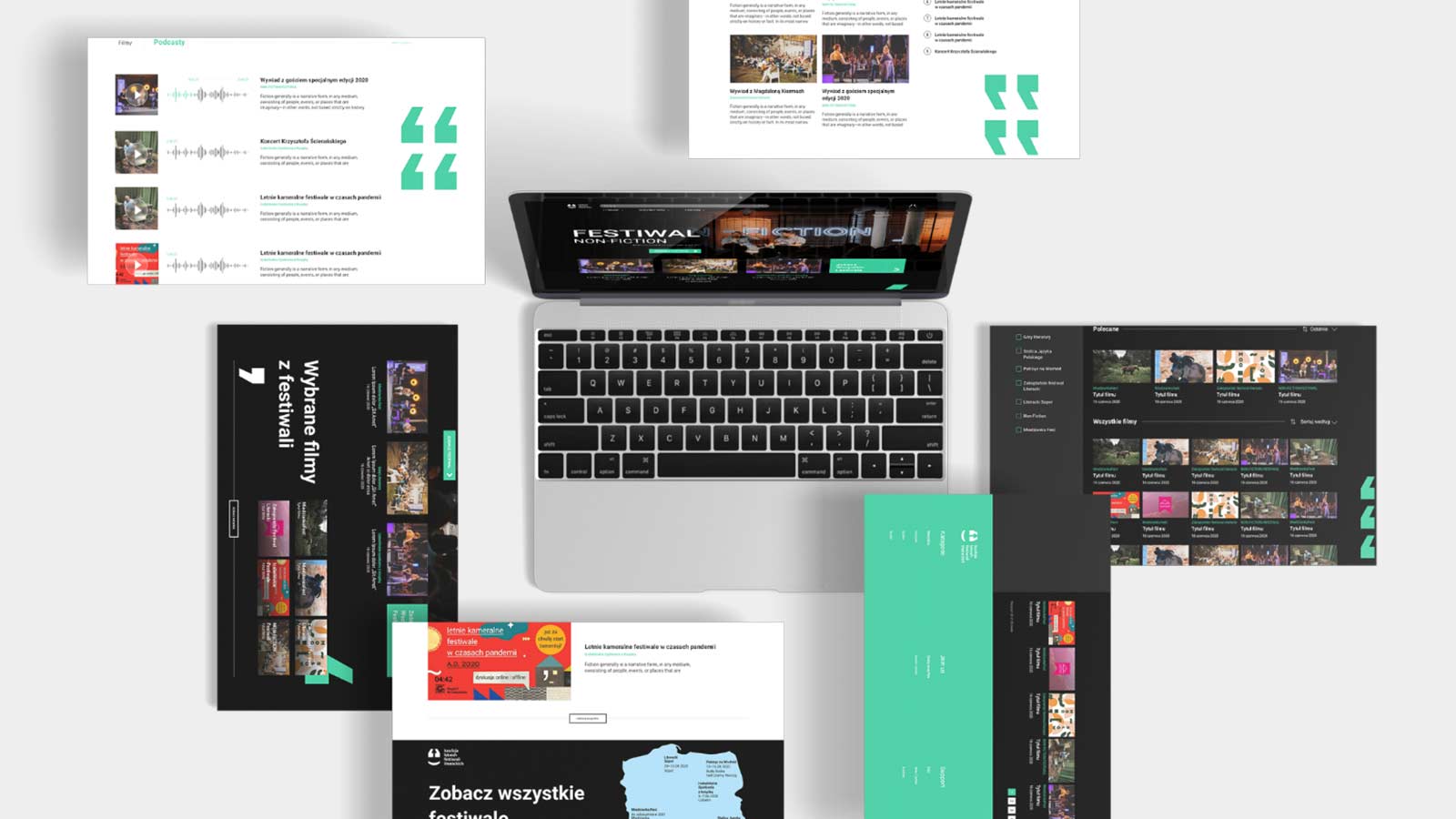
Part 3 – Communication after online conference
We now know what to prepare before the event, and how to communicate with participants (and others) during the event itself, so now it's time for a summary. Communication with the participants after the end of an event is sometimes neglected, but this is an important aspect that can enable us to build long-term relationships and leave a lasting good impression.
The freshness effect
Marketing has gained a lot from psychology, including knowledge about two phenomena called the primacy effect and the freshness effect. In brief, what do they refer to?
- Primacy effect – this refers to the fact that we remember better what we see first, whether it is the first ad in an ad block, for example, the first time something happens, or the first logo.
- The freshness effect – we also remember what we see last. For example, the last board in a presentation (which is why it is usually a summary of the most important information that we want people to remember) or the last performance (unless it is the last one in a 12-hour marathon and fatigue is already taking its toll 😊).
We can maintain the freshness effect by posting, after the final board at the conference, information about what we will be doing the next day or a few hours later. By doing so, we can emphasise the main points that we want them to remember or present our best product again in a non-intrusive way.
Post-event communication for participants
This is the time when we can build a special bond with the participants, showing them our brand as an entity that cares about this relationship. It also provides confirmation for the participants that they are important to us. The project does not end simply because the conference, webinar or other online meeting has finished.
What should be communicated to participants after the event?
- A thank you – seemingly obvious, but not necessarily. We usually remember to say thank you with our closing words, when we are still connected visually, but a personalised thank you email leaves an even better impression. It can help build your image as a brand that cares about its customers and subcontractors. It’s important not to forget this fact.
- Conference materials – when organising an online event, it is very easy to prepare materials that can be provided to participants once it is over. After all, we have both the ready-made presentations that were displayed during the course of the event, and the recordings that every good agency (we do!) sends immediately afterwards. These are high-quality materials, ready to be released into the world. We simply have to decide what is most important, what we want to draw people’s attention to and share. A thank you mail is a great opportunity to share this content. We can also put them in contact with the appropriate person who can help if they have any questions, e.g. about the details of the offer.
- Useful links to additional materials – sometimes during an event we might not show everything, but after it ends we can suggest to participants where they can find more detailed information. Maybe we have a blog article on the topic covered during the conference? Or maybe there is an additional catalogue or e-book? Think about what else can be added and how to spice up people’s interest.
- Information on how long access to the platform will be active for – extensive tools for online conferences such as PINE allow you to embed PDF files in them or create dedicated sections which can act as virtual stands for your partners. It is good to let participants know how long they will have access to these materials.
- Link to the evaluation questionnaire – this is another simple and extremely important element that can sometimes get overlooked. There are several solutions here. For example, we can ask the participants to fill in a short questionnaire before they are sent confirmation of attendance or a certificate confirming their participation in the conference. They can also receive the survey in a thank you email. What should be included in the questionnaire? As marketers and psychologists like to say: it depends. 😉 On what? On what we want to find out. It is important to ask questions both about the substantive issues discussed during the conference and also the organisation of the event itself. This will allow us not only to draw conclusions about our products, but also find out the opinions of our guests so we can learn more about how they behave in the online world and establish whether the platform was easy for them to navigate, for example.
And what to share with those who registered but didn’t attend the live event?
It is also a good idea to send a dedicated email to those people who joined late or who may have simply forgotten. It is still good practice to send conference materials and any additional content to them as they are people who have expressed interest in the subject. For the purposes of your own analysis, you can always ask the question “Why didn't you participate in the conference?” and then draw your conclusions for the future on the basis of the answers.
We can also direct dedicated ads to those people who received information about the event (but did not participate). This is the right decision since these are people who have already engaged in a certain degree of interaction with our brand and they will be more susceptible to our messages. Remarketing is very important here. We can also use automated systems for this, such as programmatic campaigns based on databases. Through cooperation with a good partner, we can stay in touch with such people through personalised ads displayed to them through ad servers.
Coming back to remarketing – remember that we can reach those who:
- Were on the registration page but didn't sign up.
- Were on the site and filled out the form. In those cases, we must remember to create a dedicated URL for the thank you page that is to be displayed after the form has been completed.
We can create separate campaigns for these two groups, with different slogans, dedicated graphics and redirects to pages with different content.
What data will marketers gain after an online event?
Events carried out in the online world are recorded and monitored. That means we get hard data. The statistics may mainly concern the number of people – i.e. how many of those who registered for the event actually participated in it? Or which session was attended by the most people? By sending an email from the platform, we can also receive basic statistics such as the open rate. If we also add the results from the feedback, we then have a comprehensive overview of the evaluation of the conference.
Marketers set great store on what the agency can provide right after the event, i.e. the video footage that is produced. High-quality recordings – whether they are of the whole day of streaming or of individual sessions – are an amazing source of information and a great starting point for content marketing activities. What are the best ways to use such recordings?
- For creating post-conference materials for the participants.
- As a summary of the conference – we can present stats based on the number of participants and the evaluation of the event.
- The substantive materials will also serve to build your image, so the brand can position itself as an expert in the field.
- Individual presentations can be supported by separate campaigns, directed at websites or landing pages, where individual materials can be available for the potential lead – that is, providing data and expressing consents (usually for marketing purposes).
- For online events, we can also create animations and conference logos. These are materials that can be used to provide a sneak peek of the promotion for the next edition under the slogan: "This is how it was a year ago".
- Greater reach! All these materials can help us to expand the group of recipients and provide a basis for further marketing communication.
What do you need to remember?
Bear in mind that what happens after the emotions have subsided and the streaming has finished should all be planned out well in advance. This will allow you to keep control of the deadlines and ensure that all the elements are in place.
Summary
It may appear that communication before, during and after the event is relatively simple. That is true, of course, as long as we follow the rules outlined above. The most important thing is to remember that everything should be written out well in advance. If you do that, it will take away the worry that something may have been overlooked, and also give you the confidence that if any unexpected situations do crop up, you’ll be able to handle them.
And finally – good luck! The online world is a friendly and accessible place for everyone. 😊

